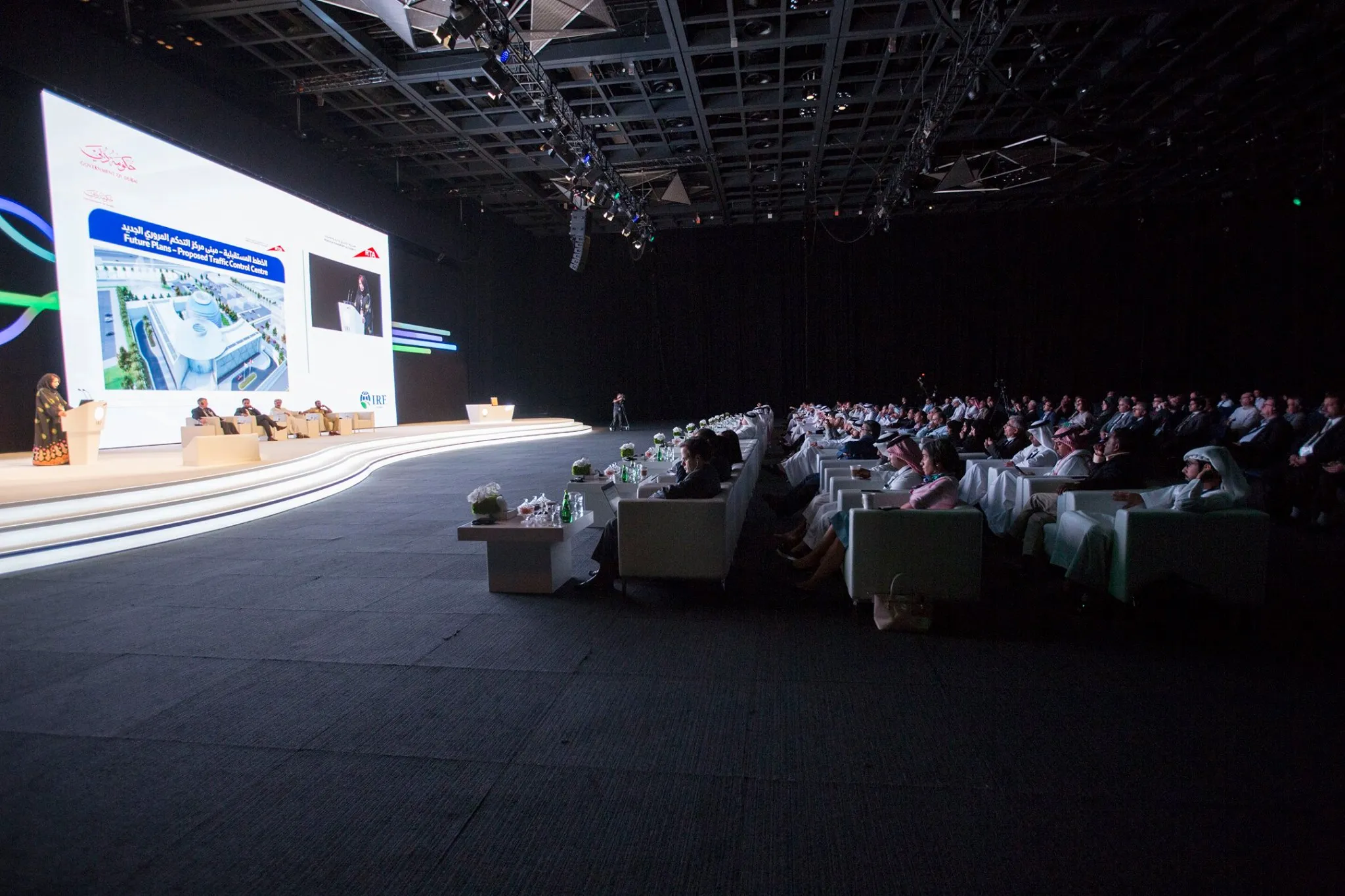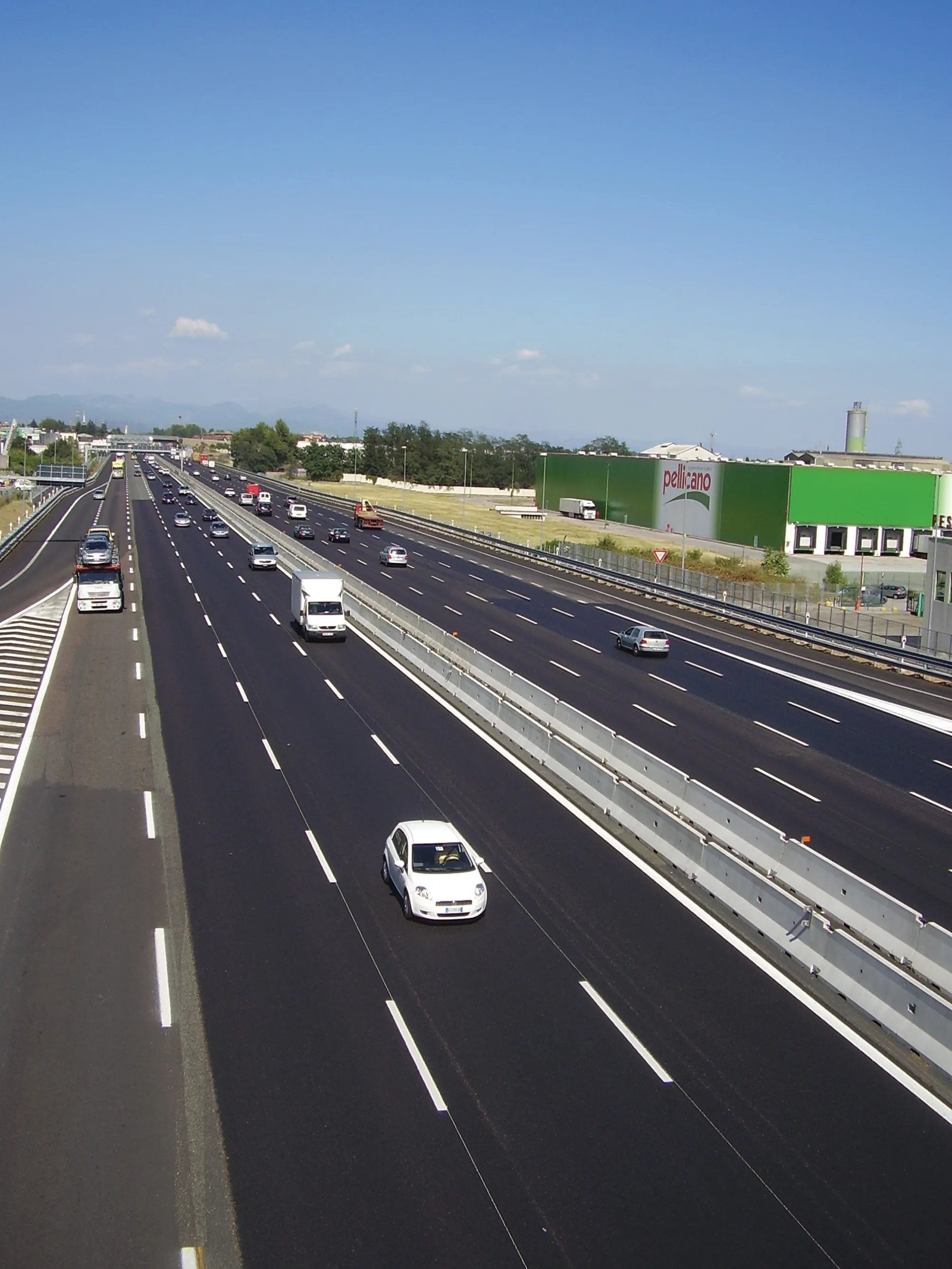Some 200 automotive and road transport researchers have gathered for the annual ERTRAC conference, which was opened by Jean-Luc di Paola-Galloni, acting Chairman of ERTRAC and EGVIA. "Road transport today offers major opportunities for innovation, which are also opportunities for job creation and competitiveness in Europe," said Paola-Galloni, who is Corporate Vice-President for Sustainable Development of the automotive supplier VALEO. ERTRAC, as the European Road Transport Research Advisory Council, provid
March 3, 2015
Read time: 2 mins
Some 200 automotive and road transport researchers have gathered for the annual ERTRAC conference, which was opened by Jean-Luc di Paola-Galloni, acting Chairman of ERTRAC and EGVIA. "Road transport today offers major opportunities for innovation, which are also opportunities for job creation and competitiveness in Europe," said Paola-Galloni, who is Corporate Vice-President for Sustainable Development of the automotive supplier VALEO.
ERTRAC, as the European Road Transport Research Advisory Council, provides a unique platform to develop a vision for road transport research in Europe. At the conference, ERTRAC’s Working Groups have presented research needs as identified in continuous work. Stakeholders from industry, researchers and representatives of national and local authorities collaborate through ERTRAC to identify the research needs related to the following topics on the agenda: powertrains (engines, fuels, and electrification), connectivity and automated driving, and infrastructures, urban mobility and freight. In these three strategic sessions, ERTRAC Working Group leaders and invited high-level speakers from industry and the2465 European Commission will exchange information and ideas on the research and innovation priorities for Europe.
Innovative vehicles such as electric cars have been exhibited at the conference and this includes test drives through Brussels.
ERTRAC, as the European Road Transport Research Advisory Council, provides a unique platform to develop a vision for road transport research in Europe. At the conference, ERTRAC’s Working Groups have presented research needs as identified in continuous work. Stakeholders from industry, researchers and representatives of national and local authorities collaborate through ERTRAC to identify the research needs related to the following topics on the agenda: powertrains (engines, fuels, and electrification), connectivity and automated driving, and infrastructures, urban mobility and freight. In these three strategic sessions, ERTRAC Working Group leaders and invited high-level speakers from industry and the
Innovative vehicles such as electric cars have been exhibited at the conference and this includes test drives through Brussels.








